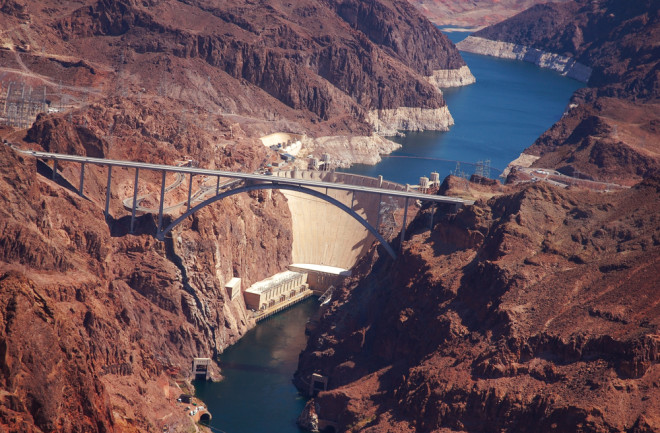Title: The Struggle of the Colorado River: A Battle for Water Sustainability
Introduction:
Imagine a picturesque river, flowing freely from the majestic Rocky Mountains and crossing seven states, carving its way through the awe-inspiring Grand Canyon. For years, the Colorado River has been a vital resource, providing water for drinking, irrigation, and power generation to over forty million people. Unfortunately, the once-mighty river now faces a grave crisis due to prolonged droughts and the impact of climate change. In this article, we will explore the recent negotiations and plans undertaken by California, Arizona, and Nevada to address the water deficit and ensure the long-term sustainability of the Colorado River.
The Colorado River’s Current State:
The Colorado River, once a vibrant force of nature, has now been reduced to a mere trickle by the time it reaches the Gulf of California. The construction of the Morelos Dam on the U.S.-Mexico border has severely limited the river’s flow, further exacerbating the already dire situation. The river, spanning approximately 1,450 miles and adorned with the magnificent lakes Powell and Mead, now resembles a dried-up riverbed on most days. This heartbreaking reality highlights the urgency to find a solution to restore the river’s vitality.
The Need for Negotiation:
The turning point came in the summer of 2022 when the water levels in Lake Mead reached a critically low point. This jeopardized the power supply generated by the Hoover Dam, which serves millions of people. To avert an impending crisis, the U.S. Bureau of Reclamation mandated that southwestern states reduce their water consumption by 2-to-4 million acre-feet. Recognizing the gravity of the situation, California, Arizona, and Nevada engaged in intense negotiations to avoid potential legal battles with the federal government. Key questions arose: Who would bear the burden of the cuts? Would it be the farmers, who heavily rely on the river for irrigation, or everyday citizens?
The Lower Basin Plan:
In May 2023, a glimmer of hope emerged when the three states announced the “Lower Basin Plan.” This initiative aims to gradually cut 3 million acre-feet of water usage by 2026, which is significantly less than the initial demand made by the Bureau of Reclamation. As a show of support, the Biden administration endorsed the plan, pending formal approval. To facilitate the cuts, the federal government will allocate $1.2 billion to cities, irrigation districts, and Native American tribes, offering financial assistance to cope with the reductions. While this funding will cover the majority of the cuts, additional measures will be implemented to ensure the rest of the reductions are met, paving the way for a sustainable future.
The Long-Term Solution:
Although this plan provides a temporary respite and demonstrates progress, experts acknowledge that further comprehensive measures are necessary. According to Jack Schmidt, director of the Center for Colorado River Studies, an annual reduction of 3 million acre-feet is required for a sustainable solution. Achieving this reduction will undoubtedly be a challenging process, demanding complex political negotiations and compromise. The next phase of discussions is set to commence, signaling the beginning of a quest for a permanent water plan that ensures the survival of the Colorado River and its ecosystems.
Conclusion:
The plight of the Colorado River serves as a wake-up call to the harsh reality of water scarcity and the fragility of our natural resources in the face of climate change. As negotiations unfold and plans are put into action, it is crucial to prioritize sustainability and long-term solutions to protect the livelihoods of millions who depend on this iconic river. By working collectively and implementing responsible water management strategies, we can ensure that the Colorado River continues to flow as a symbol of resilience, perseverance, and the enduring power of nature.
